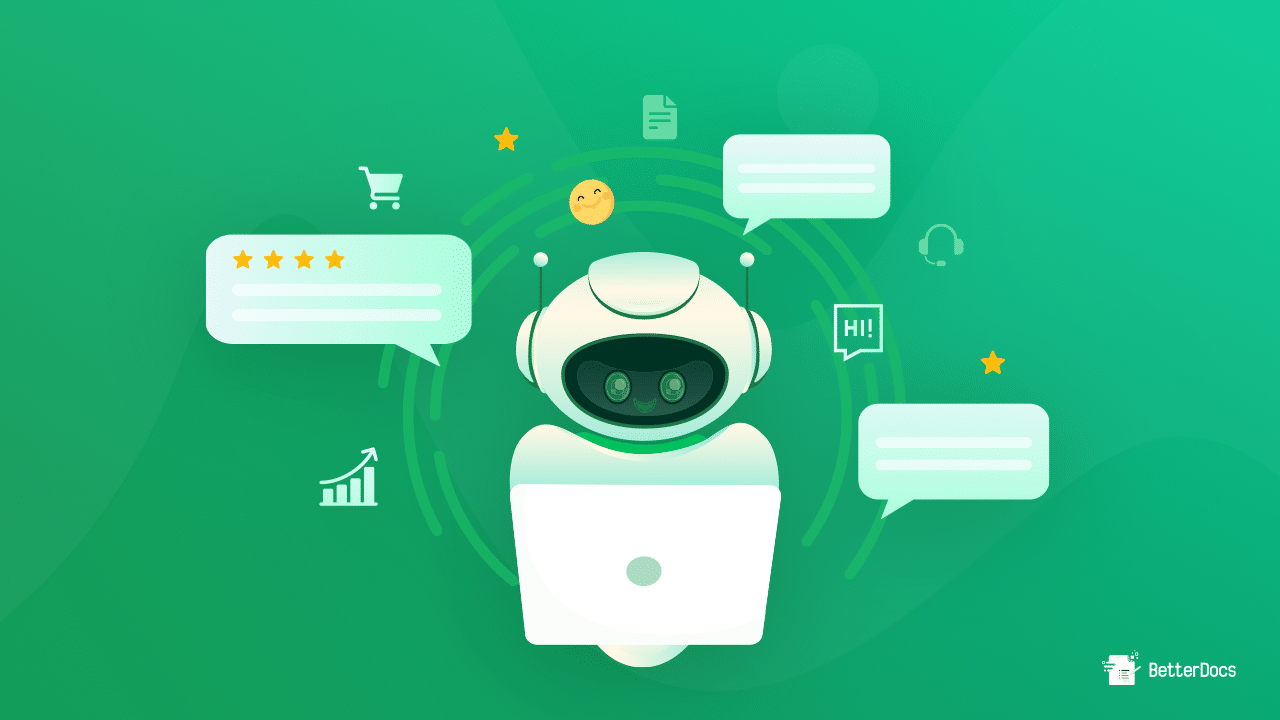GenAI Giants Unleash Models With More Business Capabilities
In a groundbreaking move that is making waves in both the tech and business sectors, Meta Platforms has introduced its latest and most advanced AI models, challenging the dominance of industry leaders OpenAI and Google.
Meta’s Llama 3 Family of Models
The unveiling of Meta’s Llama 3 family of models, which are predominantly available for free, signifies a significant escalation in the AI competition and has the potential to reshape the operational landscape for businesses across various sectors.
Meta’s flagship Llama 3 model, equipped with an impressive 405 billion parameters, showcases exceptional multilingual capabilities in eight languages, along with enhanced proficiency in code generation and problem-solving. This release comes closely after the introduction of OpenAI’s GPT-4o mini and an upgraded version of Google’s Gemini.
Advanced Capabilities and Features
The Llama 3 family comprises models of varying sizes, with parameters ranging from 8 billion to a staggering 405 billion. All three models feature expanded “context windows,” enabling them to process larger volumes of data and handle more intricate, multi-step requests.

OpenAI has recently introduced the GPT-4o mini, a scaled-down version of the GPT-4o model launched in May. This new model is designed to broaden the scope of applications powered by AI by making intelligence more cost-effective and accessible.
Implications for Business and Commerce
These cutting-edge AI models are pushing the boundaries of artificial intelligence, with each company touting superior performance in various metrics and benchmarks. From language understanding tests to complex reasoning challenges, these models are setting new standards in AI capabilities.
OpenAI reports that GPT-4o mini has outperformed competitors in several standard tests, including the massive multitask language understanding (MMLU) benchmark, where it scored significantly higher compared to Google’s Gemini Flash and Anthropic’s Claude Haiku.
Google has also rolled out significant enhancements to its Gemini AI platform, boosting its capabilities and global reach. The introduction of Gemini 1.5 Flash offers users in over 230 countries and territories a faster and more capable version with an expanded context window and new features to combat AI-generated hallucinations.
Revolutionizing Business Operations
These AI models have profound implications for commerce, promising to revolutionize various aspects of business operations. AI-powered chatbots can provide enhanced support around the clock, offering personalized interactions and faster responses.

E-commerce leaders are poised to leverage these advanced AI models for hyper-personalized product recommendations and dynamic pricing strategies, enhancing the overall customer experience and driving sales.
Supply chain management stands to benefit from the optimization capabilities of AI models, streamlining inventory management and distribution networks with unprecedented accuracy. This could lead to cost savings and improved responsiveness to market dynamics.
Transforming Healthcare and Marketing
AI advancements in healthcare could accelerate drug discovery, improve diagnostic accuracy, and revolutionize personalized medicine. The ability of these models to analyze vast amounts of medical data could pave the wayuntoldering treatment protocols.

Marketing departments stand to benefit from AI-generated content, although challenges related to misinformation and authenticity may arise. Balancing the efficiencies of AI content creation with maintaining brand trust and integrity will be crucial for businesses.
Meta’s decision to offer the Llama 3 models for free could democratize access to cutting-edge AI capabilities, potentially leveling the playing field for startups and small businesses. Similarly, OpenAI’s introduction of GPT-4o mini at a more affordable price aims to broaden AI adoption across various business sectors.
As these AI models continue to evolve and expand their capabilities, their impact on commerce is projected to increase significantly. Future iterations incorporating image, video, and speech functionalities could usher in a new era of innovation across industries, reshaping business operations and customer interactions.




















